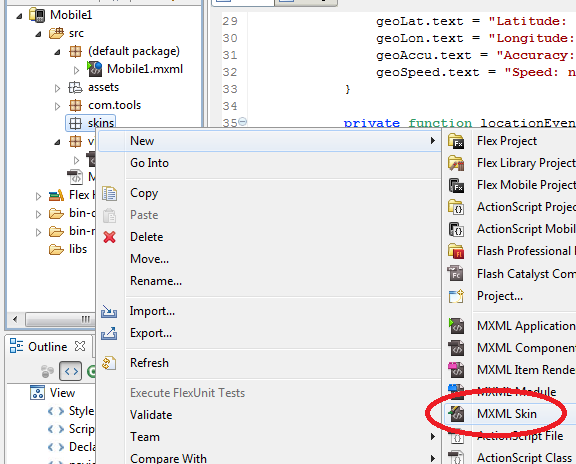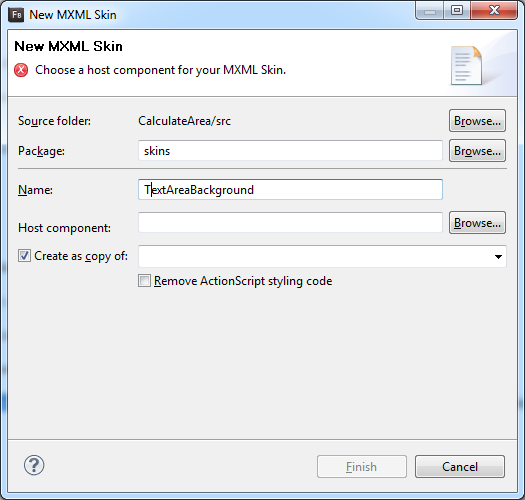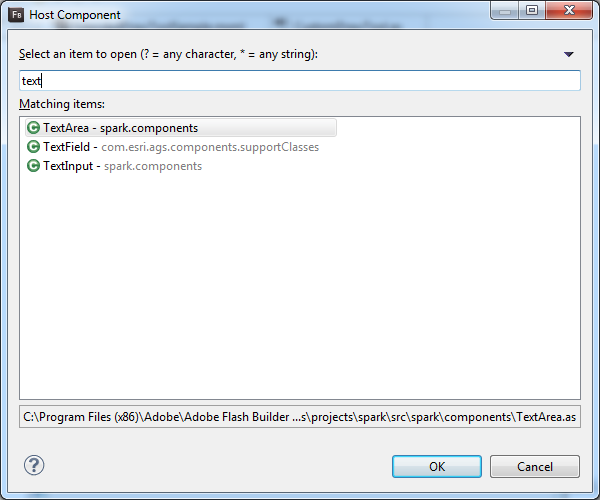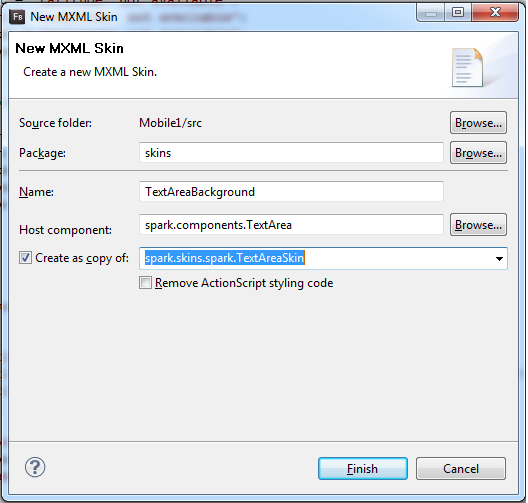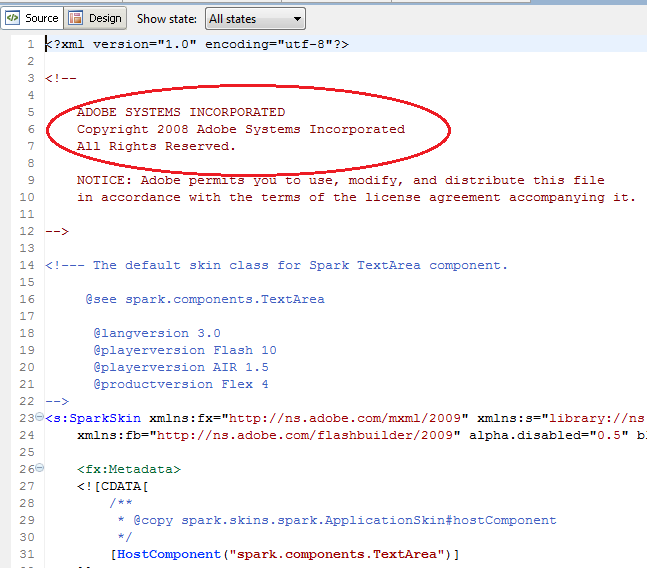Google’s Android v1.5 (Rev 1) was released in April 2009. In 2010, there were three major dot-X releases of the 2.x platform: v2.1, v2.3 and finally v2.3 in December 2010. According to Gartner in a February 2011 report, Android grew from 3.9% of the worldwide smartphone market, to almost 23% in the span of one year, from 2009 to 2010. That’s roughly 888% growth.
As a developer, I’m awed by the pace of change and the rate of adoption. I like being on the cutting, and now the consumer competition is furious for mindshare, and the mad push is on for developers to build applications that take advantage of the latest software and hardware technology. It’s a developers dream. Cool new toys, ever better functionality and hardware with new releases just six months away!
And while I like to simply pay attention to the technology and ignore everything else, I’ve been asked a number of questions recently by other developers who work in a variety of industries from around the world, and to which I have no answer. If you read this please share your thoughts:
- How do we plan software development cycles around mobile phone system(s) that change dramatically every six months? We are talking about both hardware and software.
- If I build an application now, will it still work on the next generation of hardware which will come out in one year or less?
- Will applications that were built on the latest mobile OS still be backward compatible in one year?
What’s interesting is we have been faced with similar questions before when Adobe Flex, Microsoft Silverlight and even HTML 5 were announced. And, yes, they are changing the way we build applications and to a large extent changing what our users expect to experience. However, internet browsers have been around for a while, web development technologies in general aren’t exactly new, and all computers these days come with a pre-installed browser. But, all the sudden we could more quickly develop beautiful applications in days and weeks that used to take many months, or years. And, it’s been an eye-opener as far as our surfing experiences go.
Many commercial applications have never been more powerful with built-in charting and dynamic access to data with very graceful interfaces. These applications opened our eyes to what’s possible by letting us build applications independent of the machine they ran on. And, in a sense it was liberating. The idea of building one version of the software and then deploying it across many machines and devices became true. I, for one, touted that I no longer had to worry about esoteric items such as pointers and garbage collection. The browser took care of all that for the most part, even though it still had a few issues.
Maybe I celebrated too soon. What’s changing now is the pace of adoption which is in the form device that fits in your hand, and you can carry with you anywhere even when you hike, that accesses the internet, and that has similar functionality to a desktop/laptop system. Smart phone access is changing how people communicate: live, work and play. It’s becoming the primary connection to the internet in many parts of the world. It’s becoming a primary work tool while on the road.
We, as developers, are at the heart of this change and with a front row seat.
Our use cases are changing to accommodate people accessing our applications while they are standing in line ordering their morning coffee. We’re back to looking at native applications which don’t run in the browser and are subject to all sorts of interesting limitations and challenges. We are back to adapting code to different devices, limited battery life, testy internet connections, varying processor power, and dealing again with problems related to device drivers.
It’s funny that I caught myself thinking how nice it would be to have a software framework that would let me abstract away all these pesty problems that low-level code development entails: a sort of Flash Player environment for low-level code on a mobile phone. I mused about how easy it was to use FlashBuilder “Burrito” to convert my Adobe Flex applications directly to Android without having to deal with Java code (which works very nicely by the way). Or, do I build a rich functionality web app?
But, you know, I chuckled as soon as I had a requirement that asked for closer access to the smart phone hardware and operating system: things related to power management, and getting more information from the device GPS. Do I wait until the functionality I need is built into an abstraction library…or do I build a native application today? Which applications do I build for the web, and which application should be native?
These are all business question that many of you will also face. I’m certain it’s being asked thousands of times around the world. And ultimately, whatever the answer is… it will change the way we all do business.
*I pay full respect to Philip K. Dick’s 1968 science fiction novel, Do Androids Dream of Electric Sheep?, that served as the primary motivator for the movie Blade Runner which was first released in 1982.
